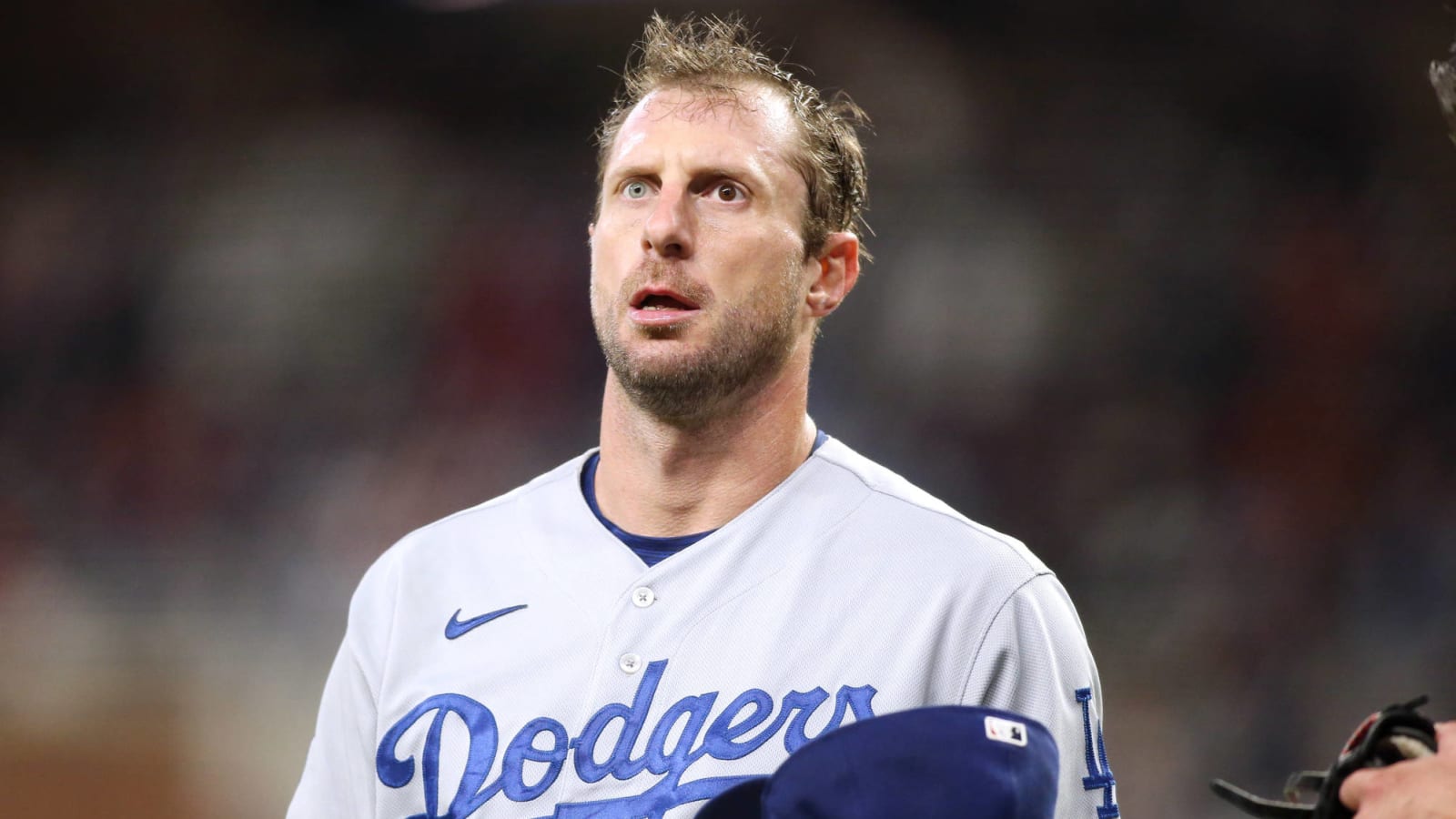
We’ve taken a position-by-position look at the upcoming free agent class at MLBTR in recent weeks. With the position players now all covered, we turn our attention to the starting pitching market.
Each winter, free agency offers a wide variety of starting pitching tiers. There are usually top-of-the-rotation stars, innings-eating types for the middle and back end, and reclamation projects who have shown well in the past but disappointed in their platform seasons. This offseason will be no exception.
Here are the rotation options slated to hit the open market in the coming weeks:
A Tier Unto Himself
- Max Scherzer (37 years old in 2022): The most dominant pitcher of the current generation, Scherzer could potentially win a fourth Cy Young Award after tossing 179 1/3 innings of 2.46 ERA ball with a huge 34.1% strikeout rate against just a 5.2% walk rate — the third-lowest mark of his storied career. Scherzer is as dominant as he’s ever been, and the only thing that will cap his market this offseason is his age. Justin Verlander signed a two-year, $66M extension with the Astros for these same age-37 and age-38 seasons, and Scherzer can justifiably look to eclipse that mark in both years and average annual value. He, somewhat incredibly, has a shot at a second nine-figure deal in free agency this winter. He’s ineligible to receive a qualifying offer (both due to being traded midseason and having previously rejected one in his career).
Other Top of the Market Options
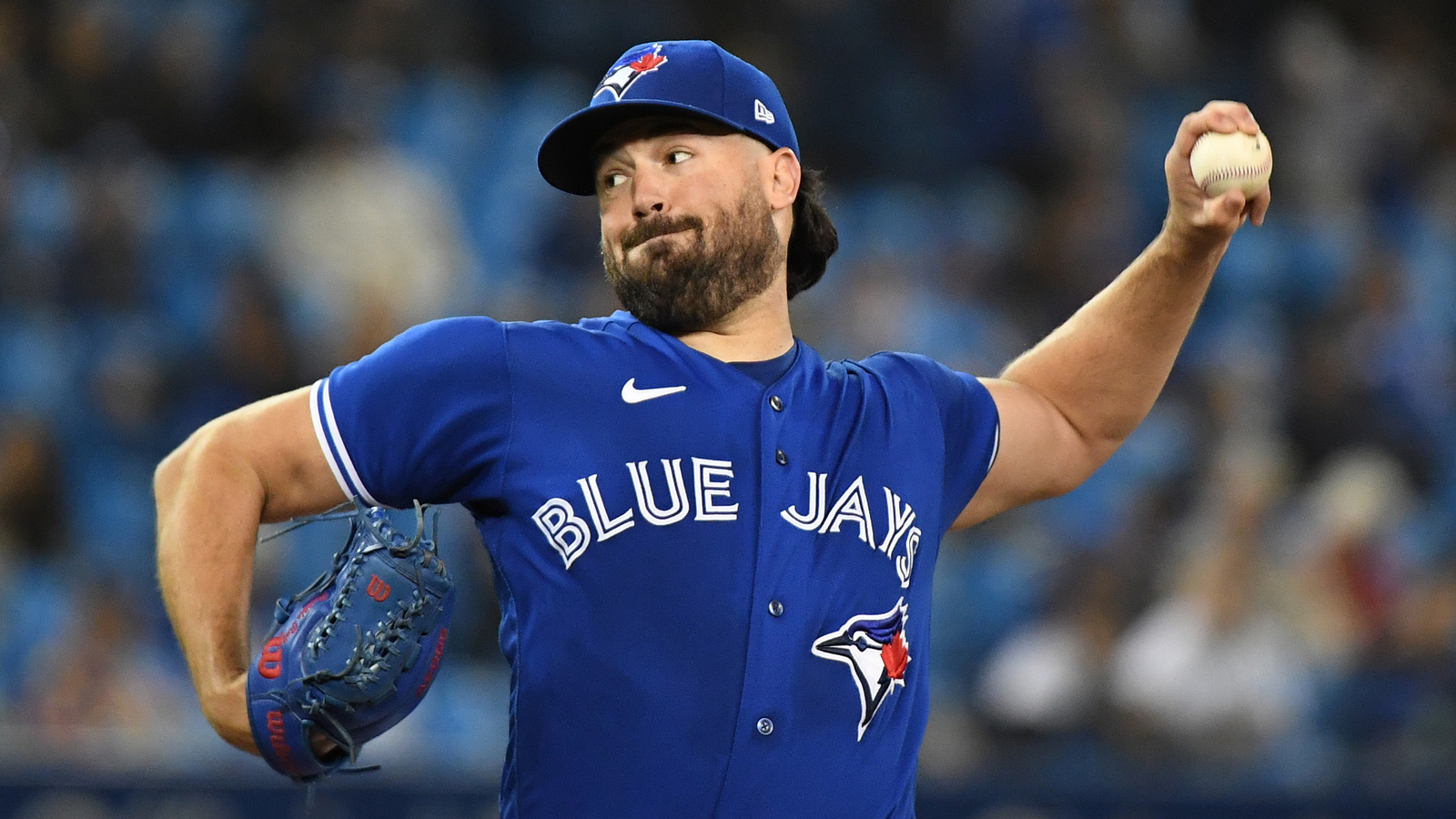
- Robbie Ray (30): Back on Aug. 13, I took a look at how the Jays had struck gold on their decision to jump the market and re-sign Ray right out of the gate in free agency. In the 10 starts he made after the time I published that piece, Ray pitched 63 innings of 2.71 ERA ball with a 36% strikeout rate, solidifying himself as the AL Cy Young favorite. Ray’s success is largely driven by heretofore unseen levels of command; after walking 12.9 percent of his opponents from 2017-20, Ray walked just 6.9 percent of the batters he faced in 2021. His 32.1% strikeout rate is the second-best of his career. His AL-best 193 1/3 innings were a career-high. Some clubs will be skeptical about his ability to maintain that vastly improved command, but Ray has positioned himself for a nine-figure contract of five or six years in length after he rejects a qualifying offer.
- Kevin Gausman (31): Gausman’s decision to accept a qualifying offer last year looks quite shrewd. The right-hander might’ve been able to command a two- or three-year deal on the heels of his 2020 breakout, but he bet on himself with that one-year deal and improved across the board. Gausman’s 192 frames and 2.81 ERA were both sixth-best among qualified starters, while his 29.2% strikeout rate and 22.8 K-BB% both ranked eighth. Over his past 251 2/3 innings, Gausman carries a flat 3.00 ERA and 30.0% strikeout rate against a terrific 6.5% walk rate. The former No. 4 overall draft pick now looks like the ace Orioles fans might’ve hoped for when he debuted in 2013. He’s ineligible to receive another qualifying offer and will vie with Ray for the largest overall contract of any starter this offseason.
- Marcus Stroman (30): Stroman doesn’t miss bats at the level of the other top arms on this list, but he’s one of the game’s premier ground-ball pitchers and has better command than most of the names on this list. He’s made 32 or 33 starts in four of the past six seasons, with the exceptions coming in 2020 (when he tore a calf muscle and opted out of the remainder of the season) and in 2018, when he was limited to 19 starts by shoulder fatigue. That’s the only arm injury Stroman has ever had, and the 3.48 ERA he’s compiled over his past four seasons ranks 23rd among 138 qualified starters since 2017. This year’s 3.02 ERA ranked ninth among qualified pitchers. Fielding-independent metrics have never been quite as bullish on Stroman because of his below-average strikeout rate, but his age, durability, premium command and huge ground-ball rates make him one of the market’s top starters. He can’t receive a second qualifying offer and could command a five-year deal himself this winter.
- Carlos Rodon (29): On July 18, Rodon held the Astros to one hit with no walks and 10 strikeouts in seven shutout innings. He hasn’t topped five innings in a start since. Were it not for an ominous bout of shoulder fatigue that sent Rodon to the IL in August and ostensibly capped him at four to five innings per outing late in the year, he’d be right alongside Ray in AL Cy Young contention. The former No. 3 overall pick broke out with a 2.37 ERA and a 34.6% strikeout rate that trailed only Corbin Burnes (min. 100 innings pitched). Rodon was questionable for the ALDS but eventually pitched 2 2/3 innings in the ChiSox’ final effort against Houston. He was hitting the upper-90s with his heater, but that brief look may not be enough to allay concerns about his shoulder. Rodon could reject a qualifying offer and look to max out on a shorter multi-year deal. Alternatively, he could go the Gausman/Stroman route — accept a QO and hope a big 2022 showing positions him for a nine-figure deal next winter.
Former Cy Young Winners in their Mid/Late 30s
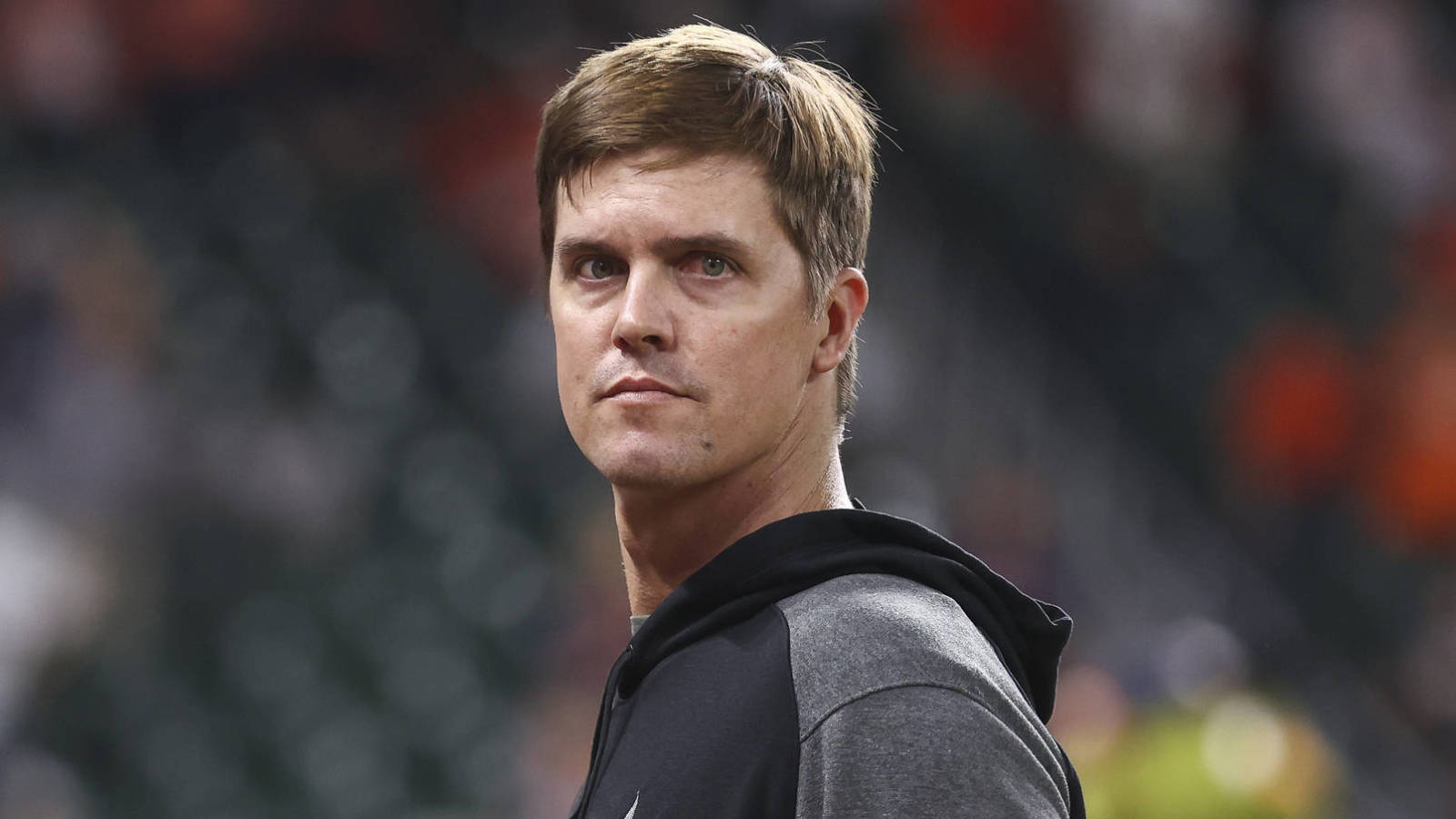
- Zack Greinke (38): Greinke still provides innings, but his average fastball was down to 89.0 mph in 2021 and he posted a second consecutive ERA north of 4.00. Greinke’s season-long numbers were torpedoed by a poor stretch of four starts to close out the year. His ERA sat at 3.41 as recently as Aug. 23 — albeit with a sub-par 17.5 percent strikeout rate. Still, Greinke is durable and possesses outstanding command. Teams will see him as a workhorse who can provide average or better innings while passing down plenty of knowledge to younger arms. He’s already turned down one qualifying offer, so he can’t receive a second.
- Justin Verlander (39): It was surprising to hear Astros owner Jim Crane say Verlander would be seeking “a contract of some length” recently. The two-time Cy Young winner has thrown just six innings since the conclusion of the 2019 postseason due to 2020 Tommy John surgery. Houston will make a qualifying offer, and if Verlander is indeed intent on multiple years, he’ll reject. Verlander has said in the past that he hopes to pitch into his mid-40s, and his resume speaks for itself. A multi-year deal is risky, but how many arms come with this type of ceiling?
- Corey Kluber (36): Kluber’s comeback looked to be in full swing when he no-hit the Rangers in May. However, he pitched three innings in his next start, went on the injured list for three months, and returned with a 5.40 ERA in his final 26 2/3 frames. Kluber still finished with a solid 3.83 ERA in 80 innings, but his 24 percent strikeout rate was roughly average and his 9.7 percent walk rate was high. That no-no and a dominant outing against the Tigers early in the year stand out, but his season lacked consistency.
- Clayton Kershaw (34): He wasn’t quite peak Kershaw, but the second three-time Cy Young winner on this list rattled off 121 2/3 innings of 3.55 ERA ball with even more promising strikeout (29.5) and walk (4.3) percentages when healthy. Kershaw hit the IL with forearm inflammation in early July and missed two months before returning for four shaky starts down the stretch (15 1/3 innings, 4.70 ERA). He’s out for the postseason due to renewed forearm discomfort but won’t require surgery, instead receiving a platelet-rich plasma injection. There’s huge uncertainty here. If the Dodgers feel he’s healthy enough to make a qualifying offer, perhaps the simplest course would just be for Kershaw to accept.
Mid-Rotation Arms in their Prime
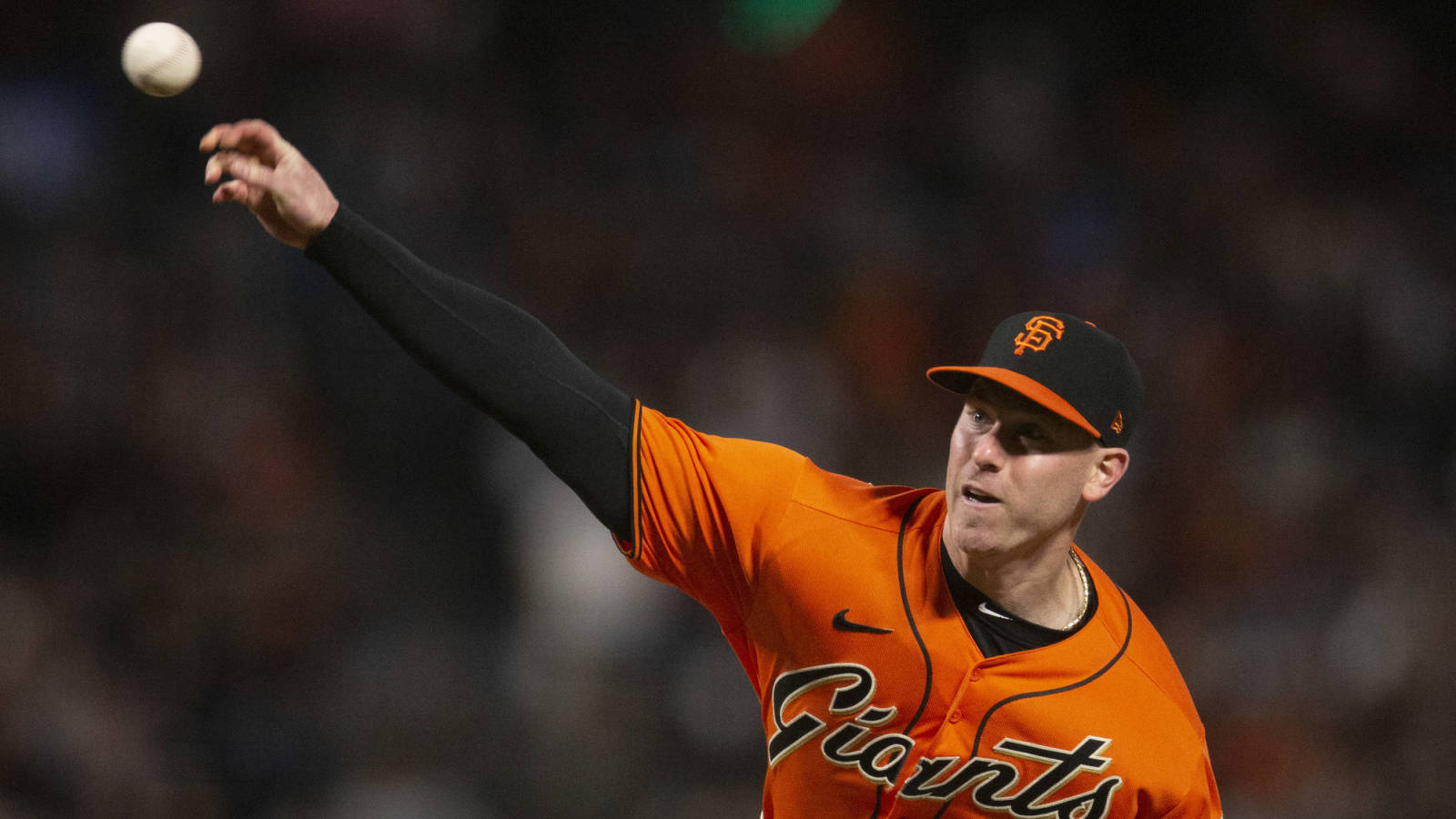
- Anthony DeSclafani (32): DeSclafani was clobbered by the Dodgers this season and posted a 2.21 ERA against all other teams (hat tip to The Athletic’s Grant Brisbee). The end result was a 3.17 ERA in 167 2/3 innings, a slightly below-average strikeout percentage (22.5) and a very strong walk rate (6.2 percent). DeSclafani has some injuries on his track record, most notably an elbow strain that cost him the 2017 season but didn’t require surgery. He’s made 31 starts of sub-4.00 ERA ball in two of the past three seasons and could find interest on a three- or perhaps even four-year deal — depending on whether the Giants make a qualifying offer.
- Jon Gray (30): Gray went down with a forearm issue late in the season and was rocked upon returning, but it was a solid year for the former No. 3 overall draft pick when healthy. Gray throws hard, misses bats, keeps the ball on the ground and has solid command. He owns a 4.52 ERA and 4.01 FIP over four prior seasons, and he’s the type of prime-aged, power arm another team could dream on. Colorado opted not to trade him at the deadline, so a qualifying offer seems likely, as they’d otherwise stand to lose him without compensation.
- Steven Matz (31): Matz has had an up-and-down career, sometimes looking like a non-tender candidate but sometimes looking like a mid-rotation building block. The latter was the case in 2021, Matz’s lone season with the Blue Jays. He posted a 3.82 ERA in 150 2/3 frames with solid strikeout and walk rates. He’s been on the IL every year since 2015, albeit mostly for minor injuries that required only brief absences. He’s done enough for a team to give him a multi-year deal to pitch out of the middle of a rotation.
- Eduardo Rodriguez (29): One of the youngest pitchers on the market this year, Rodriguez will be overlooked by some simply due to a pedestrian 4.74 ERA. However, E-Rod had the best strikeout and walk percentages of his career and largely allayed concerns about his health and durability after missing the 2020 season due to a troubling bout of myocarditis. Rodriguez has a 4.13 ERA with sub-4.00 marks in FIP, xFIP, SIERA and xERA over his past four seasons. Even if he rejects a qualifying offer, he’ll be a popular multi-year deal candidate.
- Alex Wood (30): Wood barely pitched from 2019-20 and has a history of shoulder troubles, but he made 26 starts with strong cumulative numbers in 2021 (3.83 ERA, 26% strikeout rate, 6.7% walk rate, 50.8% grounder rate). With an ERA of 3.84 or better in every season of his career outside of those injury-ruined 2019-20 seasons, quality strikeout rates and plus ground-ball rates, Wood will be popular on the market. Like his teammate, DeSclafani, he’s a borderline QO candidate.
Older Veterans/Back-of-the-Rotation Options
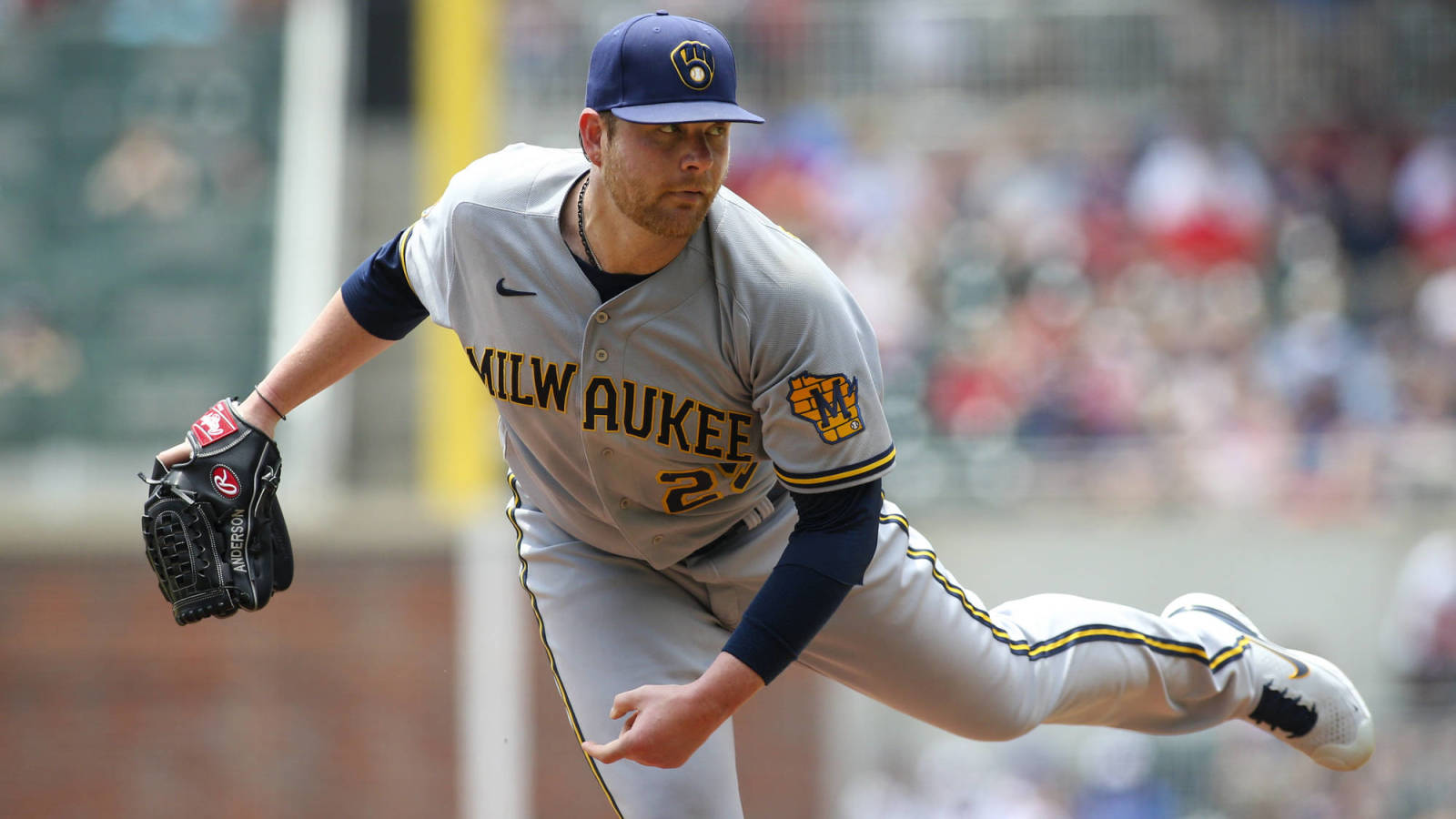
- Brett Anderson (34): A ground-ball specialist who doesn’t miss many bats, Anderson has a 4.12 ERA and strong command over his past four seasons. He’s spent a fair bit of time on the IL, however, resulting in just 399 1/3 frames dating back to 2018.
- Tyler Anderson (32): Anderson has rebuilt his stock nicely over the past two seasons, but his rookie year 3.54 ERA back in 2016 was a long time ago. He’s generally a solid five-inning starter with an ERA in the mid-4.00s. A two-year deal isn’t out of the question based on his age and the consistency with which he’s taken the ball over the past two seasons.
- Alex Cobb (34): The 2021 version of Cobb might be the best we’ve seen since 2013-14, but injuries limited him to 93 1/3 frames. Cobb has never made 30 starts in a season, so the injury risk is palpable, but he’s coming off a solid 2021 campaign.
- J.A. Happ (39): Happ looked like a DFA candidate with the Twins but posted a 4.00 ERA in 54 innings following a trade to the Cardinals. His strikeout and walk rates didn’t really change in St. Louis, but his BABIP dropped by 60 points. Playing in front of MLB’s top defense (per DRS and OAA) certainly didn’t hurt.
- Rich Hill (42): Raise your hand if you expected 41-year-old Hill to post the second-highest innings total of his career in 2021. The lefty’s strikeout and walk rates both improved over their 2020 levels, and he posted near-identical ERAs between the Rays and Mets. He’s made clear he’s not retiring, so look for another one-year deal to slot into the middle of a rotation.
- Wade LeBlanc (37): The journeyman lefty helped keep the Cardinals afloat when their rotation need was at its most dire point (3.61 ERA in 42 1/3 innings), but an elbow injury ultimately ended his season and required surgery.
- Jon Lester (38): Lester couldn’t keep his ERA under 5.00 in Washington, but like Happ, his results improved playing in front of the St. Louis defensive juggernaut. Lester is a five-inning starter at this point and had one of the lowest K-BB% marks of any pitcher in 2021 (min. 100 IP). If he wants to keep pitching, though, someone will pencil the veteran in for some innings.
- Jordan Lyles (31): The two-year, $16M deal he inked with Texas didn’t pan out as the Rangers hoped. This year’s 5.15 ERA was unsightly, but Lyles tied for 18th in the league with 180 innings pitched. He can eat some innings at the back of someone’s rotation in 2022.
- Wily Peralta (33): Peralta didn’t pitch in 2020 but returned to the big leagues with 93 2/3 innings of 3.07 ERA ball for Detroit. His poor 14.4% strikeout rate and 9.5% walk rate don’t inspire a lot of confidence in his ability to repeat that feat, but he’s put himself back on the radar.
- Michael Pineda (33): Injuries hampered Pineda throughout the season and likely prevented the Twins from trading him. There’s mutual interest between he and the Twins, so he could simply re-sign. If not, he’ll take a 3.62 ERA and a pristine walk rate (4.6%) into the free-agent market — but also a diminished heater (90.9 mph) and a career-worst strikeout rate (19.2%).
- Michael Wacha (30): Wacha has signed a pair of one-year deals in hopes of rebuilding his stock the past two seasons, but it hasn’t exactly happened. He logged 124 2/3 frames with the Rays and posted a 5.05 ERA in 2021 and now carries a 5.11 ERA over his past three seasons. He’s young enough that there’s a tinge of upside here, but some teams probably just view him as a fifth starter at this point.
Rebound Hopefuls/Depth Options
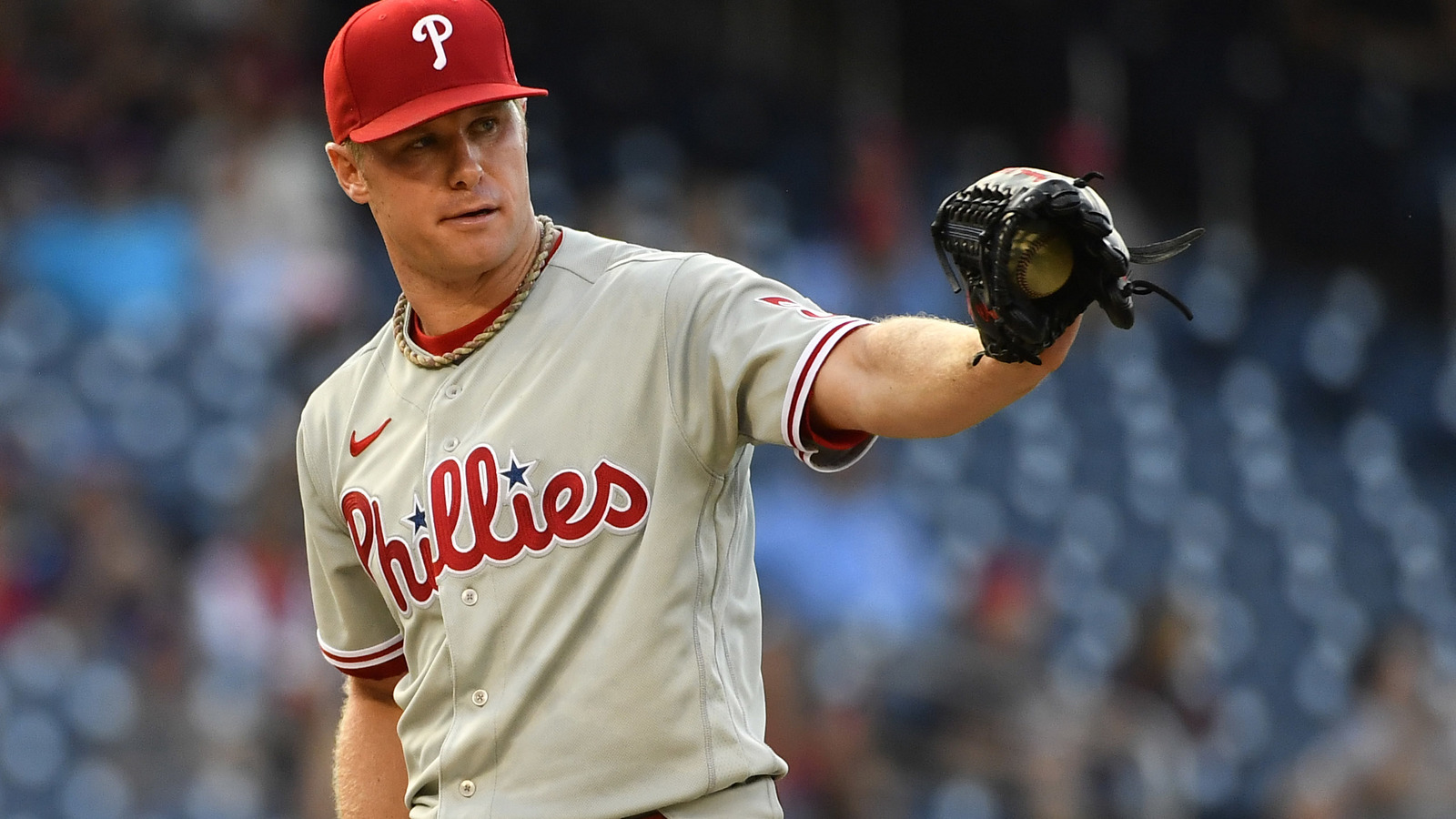
- Chase Anderson (34): A solid rotation piece from 2014-19, Anderson has limped to an ERA just shy of 7.00 over the past two seasons.
- Chris Archer (33): Injuries have taken their toll on Archer, who had thoracic outlet surgery in 2020 and pitched just 19 1/3 innings in his 2021 return to the Rays.
- Jake Arrieta (36): Released by the Cubs late in the season, Arrieta landed with the Padres and was shelled in four starts. He’s been on the decline for several years.
- Dylan Bundy (29): The 2020 season looked like a breakout, but Bundy followed with a 6.06 ERA and struggled enough to lose his rotation spot in Anaheim. He’s shown flashes of brilliance numerous times in the past, but the former No. 2 overall prospect just continues to struggle with the long ball.
- Trevor Cahill (33): There was some bargain potential when the Bucs signed Cahill in Spring Training, but a series of calf strains held him to 37 innings with an ERA north of 6.00.
- Zach Davies (29): Davies’ big 2020 season with the Padres looks like an outlier after his strikeout and walk rates both trended strongly in the wrong direction. Davies is durable and still young, but he had the fifth-worst K-BB% of any pitcher with at least 100 innings in 2021.
- Danny Duffy (33): The longtime Royals lefty was excellent when healthy (2.51 ERA, 25.8% strikeout rate), but a pair of forearm injuries limited him to just 61 innings. Duffy never pitched for the Dodgers after being acquired in late July.
- Mike Fiers (37): After pitching to a 4.03 ERA in 234 innings with the A’s from 2019-20, Fiers managed just 9 1/3 frames in 2021 due to an elbow sprain.
- Mike Foltynewicz (30): Folty regained nearly three miles per hour on his fastball in 2021, averaging 94.2 mph. The results, however, did not improve for the 2018 All-Star, who posted an ugly 5.44 ERA in 139 innings. The Rangers could’ve controlled Foltynewicz through 2022 via arbitration, but they’ve already cut him loose.
- Chi Chi Gonzalez (30): A first-round pick by Texas back in 2013, Gonzalez has spent the past three seasons with the Rockies, where he’s pitched to a 6.10 ERA and a dismal 5.7 K-BB%.
- Matt Harvey (33): Harvey posted a 3.60 ERA through his first six starts and a 4.18 ERA over his final 10 starts. The problem? He allowed 51 runs through 45 innings in the dozen starts between that pair of encouraging bookends. All told, Harvey finished with a 6.27 ERA, a subpar 16.3% strikeout rate and a strong 6.4% walk rate.
- Andrew Heaney (31): Heaney’s strikeout, walk, swinging-strike and opponents’ chase rates are all excellent. Unfortunately, he was one of MLB’s most homer-prone arms in 2021 (2.01 HR/9). Heaney will probably get a solid one-year deal because of his age and ability to miss bats. He’ll be a popular buy-low target.
- Matt Moore (33): Moore’s return from Japan ended with a 6.29 ERA in 73 innings of work. He lost his rotation spot early in the year and has yet to recapture his 2011-14 pre-Tommy John form.
- James Paxton (33): Paxton, who missed most of 2020 with forearm and back injuries, pitched just one inning in his return to Seattle. He underwent Tommy John surgery in April. Paxton is one of the most talented pitchers in baseball, but he’s never made 30 starts in a season and has just 21 1/3 innings across the past two years.
- Jose Quintana (33): The veteran Quintana posted an ERA north of 8.00 as a starter but notched a 4.18 ERA with a 28.3% strikeout rate and 7.5% walk rate in 28 relief innings. He could draw interest in both roles this winter.
- Aaron Sanchez (29): A biceps injury limited Sanchez to 35 1/3 innings, during which time he walked 15 batters and plunked another four. His 90.4 mph average fastball was five miles per hour slower than it was at his peak. Sanchez had a 3.06 ERA, but the numbers beyond that weren’t pretty.
- Noah Syndergaard (30): Syndergaard hoped to be back from 2020 Tommy John surgery by June, but setbacks shelved him until late September. He pitched just two innings. Lost season notwithstanding, the Mets could make a qualifying offer to Syndergaard, who has ace-caliber stuff when healthy.
- Jose Urena (30): Non-tendered by the Marlins last winter, Urena pitched 100 2/3 innings with the Tigers but turned in a third straight season with an ERA over 5.00. A forearm strain cut his season short. He’s a minor league deal candidate this winter.
- Vince Velasquez (30): Velasquez has tantalized the Phillies with impressive raw stuff for years but never been able to harness it as a consistently successful rotation member. Velasquez throw in the mid-90s, misses bats and won’t be 30 until next June. Plenty of teams will want to take aim at trying to “fix” him.
Players with 2022 Club/Player Options
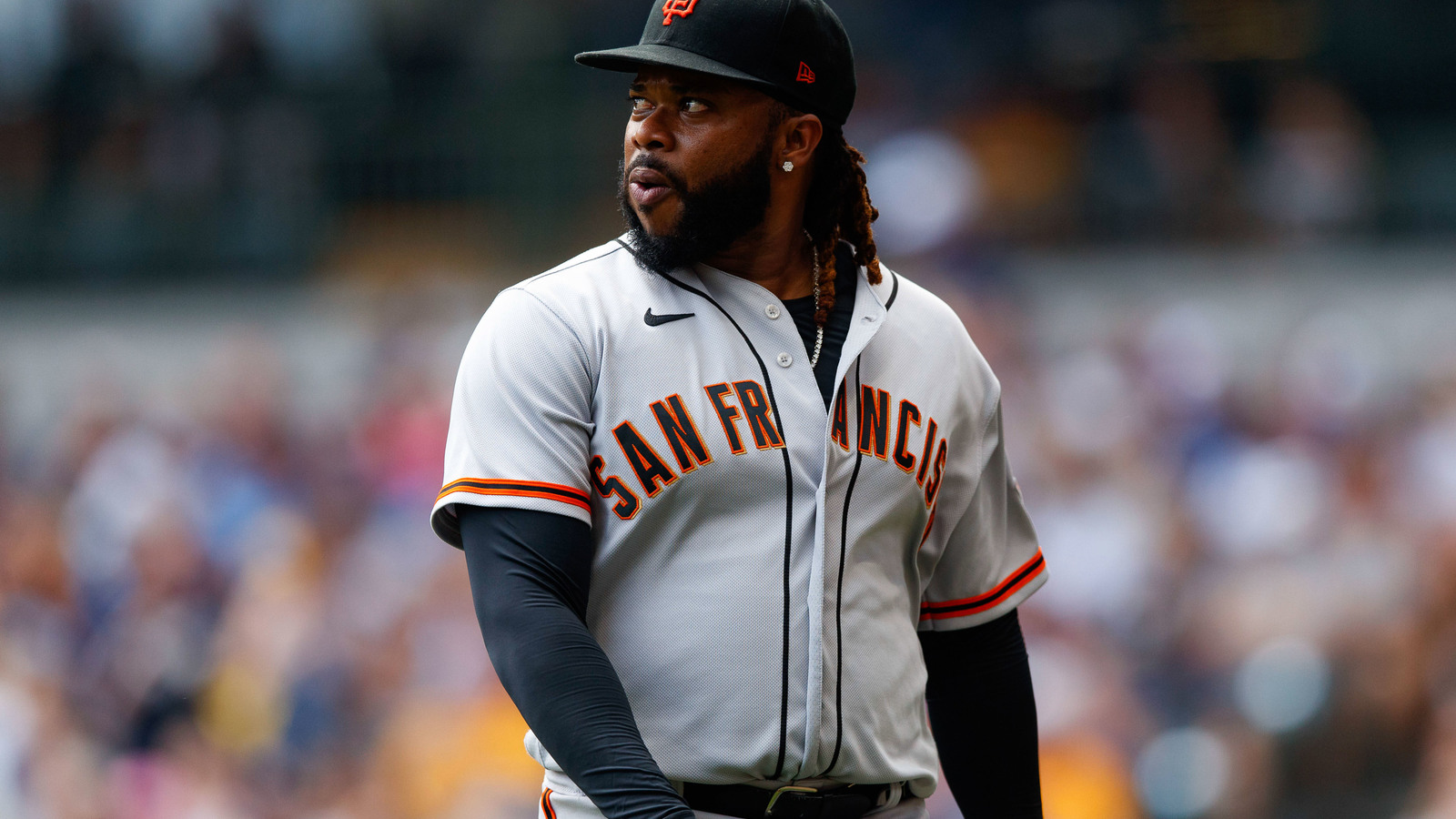
- Johnny Cueto, $22M club option with $5M buyout (36): Cueto looked like a fourth starter when he was healthy this year. Teams will view him as a veteran source of innings, but it’s hard to see the Giants picking up a net $17M option.
- Merrill Kelly, $4.25M club option with $500K buyout (32): The D-backs have an easy call here after Kelly pitched to a 4.44 ERA in 158 innings. Kelly is an affordable source of innings at the back of the rotation and would command a fair bit of trade interest if Arizona goes that route.
- Yusei Kikuchi, four-year, $66M club option or $13M player option (31): Kikuchi reportedly plans to exercise his $13M player option once the Mariners decline their option to extend him at a set rate. Kikuchi was excellent for the first four months of the season or so, making the All-Star team and at one point looking like that extension option might be palatable for Seattle. He crashed hard over the final two months, however.
- Carlos Martinez, $17M club option with $500K buyout (30): This one’s a formality for the Cardinals, who’ll decline the option after watching Martinez pitch to a 6.95 ERA in 102 1/3 innings from 2020-21.
- Wade Miley, $10M club option with $1M buyout (35): A net $9M decision seems like an easy call for the Reds after Miley racked up 163 innings of 3.37 ERA ball. Cincinnati cut payroll last offseason, but it’d be a surprise to see them send Miley back to the market with such a reasonable 2022 option at their disposal.
- Garrett Richards, $10M club option with $1M buyout (34): Richards was making good on his move to the bullpen before faceplanting in the final couple weeks of the season. With a 4.87 ERA in 136 2/3 innings, that option is likely to be bought out.
Previous installments in this series: catcher, first base, second base, third base, shortstop, center field, corner outfield
More must-reads:
- Previewing the 2021-22 free-agent class: Corner outfield
- The 35 pitchers who have thrown multiple no-hitters
- The '200 wins and 3,000 strikeouts' quiz
Breaking News
Customize Your Newsletter
 +
+
Get the latest news and rumors, customized to your favorite sports and teams. Emailed daily. Always free!

